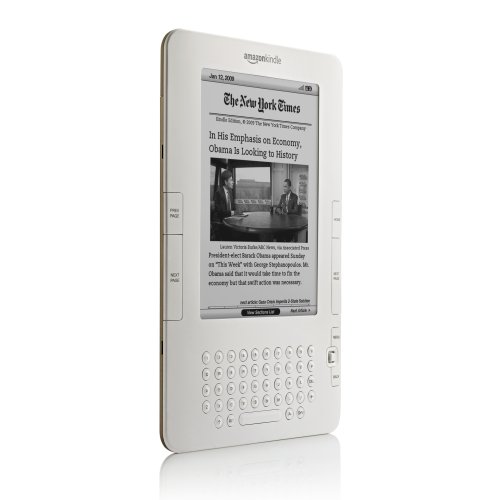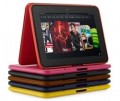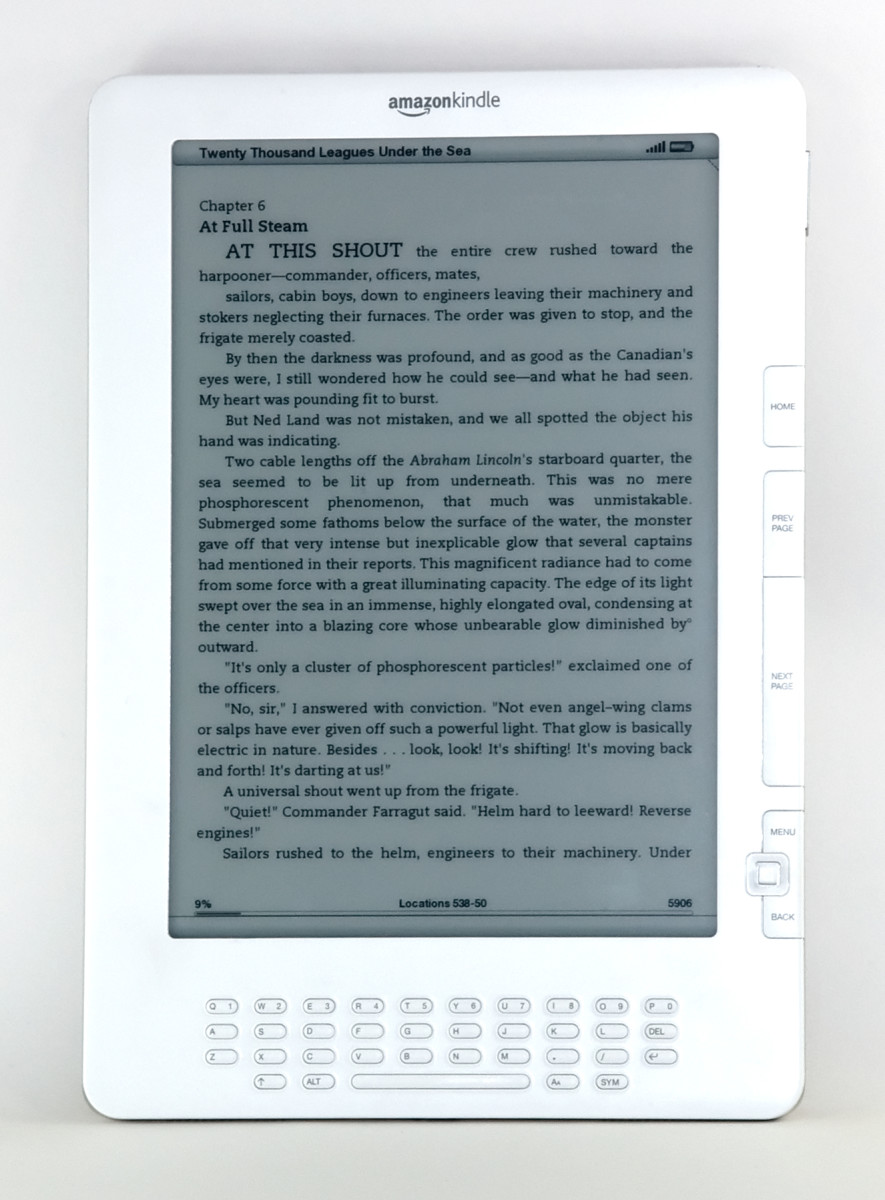Product Review - Kindle
Kindle is the latest wireless reading device from Amazon, with a library of over 360,000 books, magazines, newspapers and blogs. It is set to rival (amongst others) Sony’s e-reader and the Barnes and Noble’s Nook.

Specifications
The Kindle is slim and lightweight; just over a third of an inch in depth and about 10.2 ounces. It has wireless coverage, much like a mobile phone, so you can download books anywhere without having to be in a Wi-Fi hotspot. It uses Amazon’s own network; Whispernet, which works through 3G so you can use it abroad as well as at home. In this newest Kindle the battery lasts up to a week, even with the wireless on, which is an improvement on its predecessor which only lasted 4 days. With the wireless off the battery can for two weeks. The screen is made using the same colour chemicals used to make paper white and ink black, so it has the same contrast as you would get reading a book. It is also capable of storing up to 1,500 books at one time.
When downloading books you can sample the first few chapters before you commit to buying and you can trial the newspapers and magazines for two weeks before committing to a subscription and blogs you subscribe to are automatically updated. In the U.S. you can now get audio books which have to be first downloaded to your computer and then transferred to the Kindle.
Prices
To buy a Kindle from Amazon.com it will now only cost $259, ($40 cheaper than it previously was at $299) or you can get a Kindle DX is $489. The Kindle DX is basically the same, except that it’s slightly bigger in size and much bigger in terms of memory capacity, but its wireless coverage only spans the U.S. For only $9.99 you can buy bestsellers direct to your Kindle. This book pricing is causing controversy amongst publishers. They worry that Amazon is going to dominate the e-book, as their prices are lower than many others can afford to reduce to. While the reader itself is not necessarily any cheaper than its competitors, the books are being sold a lot cheaper. Publishers are concerned since they make most of their money from hardcover sales, which would earn them around $15 more than the e-books would. A possible solution they have suggested for this is to release the hardcover and then wait a while before releasing it in e-book.
I personally think that by making books cheaper and more accessible to the general public then literacy and people’s general interest in reading will increase. It can only be a good thing if more people can be encouraged to read. People who were too lazy to go to a book shop, or thought books were too cumbersome to carry around, will have no excuse. It is also beneficial to people who need large print books, as you can magnify the size of the text on the screen to suit your needs. I also think that while publishers may lose money on individual sales, customers may be more easily persuaded to buy two or three books instead of just one; maybe buying books they would not otherwise have done.
In conclusion, I think that if you’re interested in an e-reader then the Amazon Kindle is as good as any. While the price for the gadget itself is not a particular bargain, the e-books and other products available definitely rival those of the competitors. If you are a big reader then you will certainly get a lot for your money and make the purchase worthwhile.









